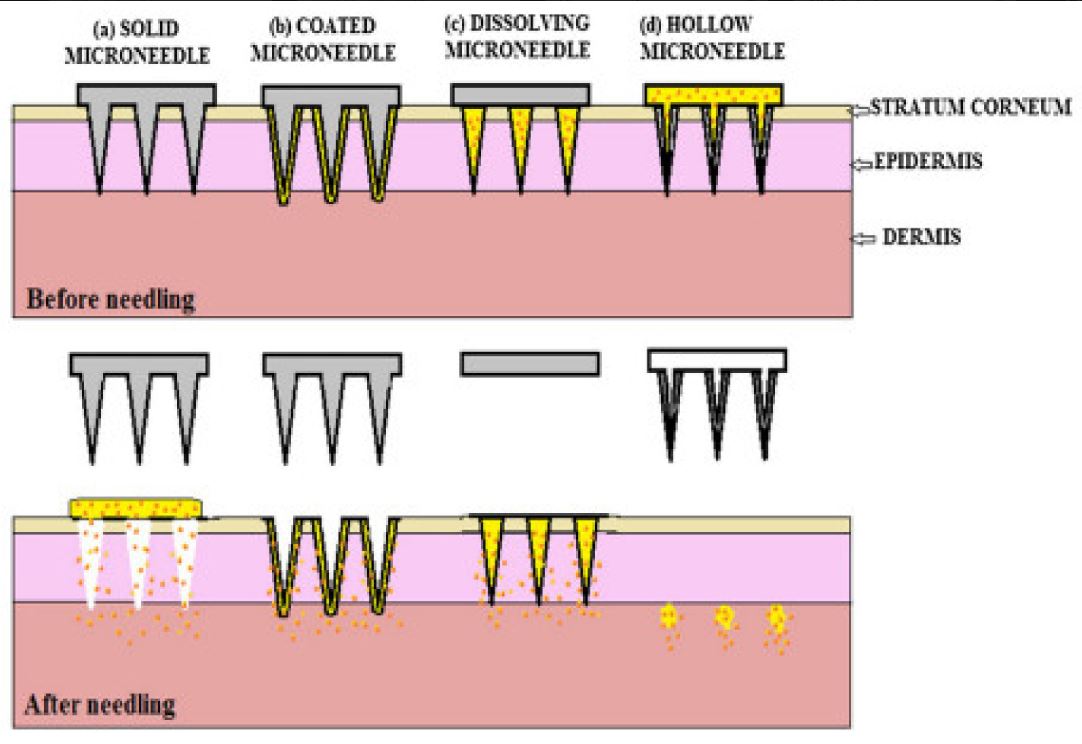Recent Advancements in Microneedle Technology for Multifaceted Biomedical Applications

Microneedle (MNs) technology is a recent advancement in biomedical science across the globe. The current limitations of drug delivery, like poor absorption, low bioavailability, inadequate skin permeation, and poor biodistribution, can be overcome by MN-based drug delivery. Nanotechnology made significant changes in fabrication techniques for microneedles (MNs) and design shifted from conventional to novel, using various types of natural and synthetic materials and their combinations. Nowadays, MNs technology has gained popularity worldwide in biomedical research and drug delivery technology due to its multifaceted and broad-spectrum applications. This review broadly discusses MN’s types, fabrication methods, composition, characterization, applications, recent advancements, and global intellectual scenarios.
Download the full research paper: Recent Advancements in Microneedle Technology for Multifaceted Biomedical Applications
Introduction
Kulkarni, D.; Damiri, F.; Rojekar, S.; Zehravi, M.; Ramproshad, S.; Dhoke, D.; Musale, S.; Mulani, A.A.; Modak, P.; Paradhi, R.; Vitore, J.; Rahman, M.H.; Berrada, M.; Giram, P.S.; Cavalu, S. Recent Advancements in Microneedle Technology for Multifaceted Biomedical Applications. Pharmaceutics 2022, 14, 1097. https://doi.org/10.3390/pharmaceutics14051097

